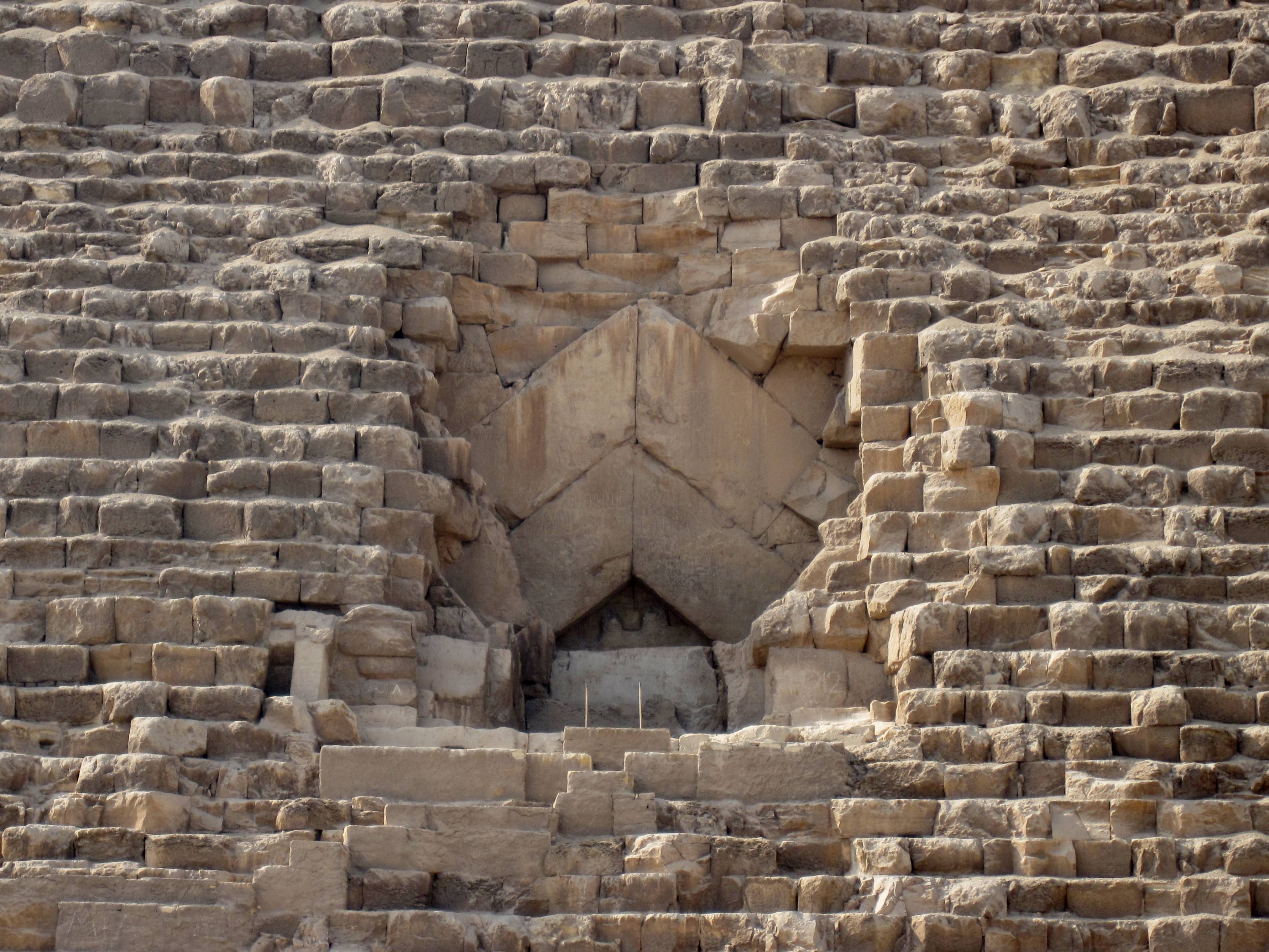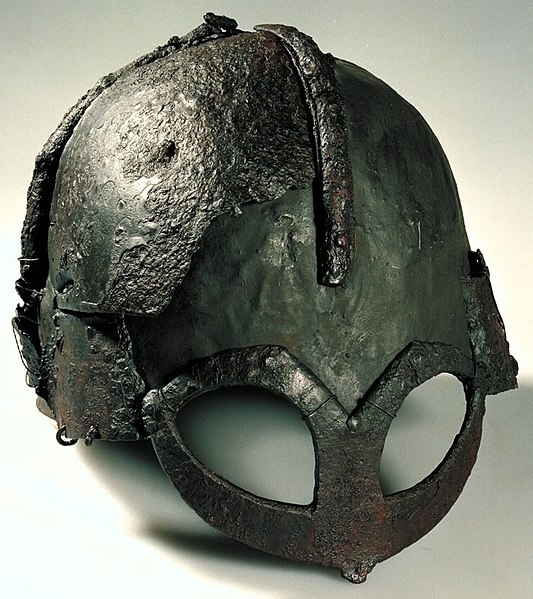Introduction
This is partially due to hearsay, some of it wrong; some have grown out of misinterpretations; others may simply have been promulgated from historian to storyteller to Hollywood screenwriter. Still, all of these beliefs continue to be taken seriously, with many still booming.
This article shall debunk 10 of the most notorious ancient history myths and find the truth behind them.
10. Slaves Used to Build the Pyramids
Thought to be Jewish captives pressed into hard labor. Archaeological evidence, however, suggests otherwise.
Table of Contents
The Truth:
- Excavations at Giza reveal workers’ villages, indicating that the pyramid builders were well-fed and lived in communal houses; many of them were skilled laborers, who received proper dental care and yearly paid holidays, and were even buried beside pyramids.
- The idea of Jewish slaves building the pyramids comes from Greek and Biblical writings, not from Egyptian records.
The pyramids were built by highly paid laborers, in an operation that proves the Egyptians were far more advanced when it came to matters of organization.

9. Vikings Wore Horned Helmets
Many films, TV shows, and even sports teams have popularized the idea of a Viking warrior donned in a horned helmet. But do we know if the Vikings wore them?
The Truth:
- None of the Viking helmets that have yet been discovered are known to have had horns.
- The myth is probably a survival from 19th-century artistic depictions and operatic costumes.
- The real Viking helmets wore were plain affairs meant for protection rather than decoration.
While, indeed, the Vikings raged, the real helmets they wore resembled neither the pointy-motioned fun worn by the popular culture.

8. While Rome Burned, Nero Played the Fiddle
The Great Fire of Rome, which took place in 64 CE, is notorious, and according to many, Emperor Nero fiddled while the city burned to the ground. But is that true?
The Truth:
- The fiddle was non-existent during Nero’s time.
- Some Roman historians believe he wasn’t present in Rome when the fire started and later saw to it that relief measures were in order.
- The legend is quite likely the result of propaganda against Nero.
Conclusively, he wasn’t very popular and had his faults, but he does have an image of an indifferent emperor watching Rome burn, and this image is pretty much false.

7. The Entire Library of Alexandria Was Destroyed in a Single Incidental Fire
The destruction of the Library of Alexandria is usually very clumsily described as that one hideous incident in which all of the ancient literature was reduced to ashes. Did it all go down in a single night?
The Truth:
- Yes, of course, but the downgrading was slow and gradual.
- The burning of the library involved several incidents, but these all started with Julius Caesar’s siege in about 48 BCE and later invasions.
- The knowledge of the library had spread, by that time, throughout much of the ancient world.
Although the loss of such knowledge was massive, it didn’t occur in a single incident of fire: rather, a slow downward decline.
6. Ancient Civilizations Believed The Earth was Flat
It’s a common belief that for much of history, until Columbus “proved” otherwise, the ancient world believed the earth was flat.
The Truth:
- Already by the 5th century BCE in the thoughts of the Greek philosophers, a spherical earth idea was accepted widely.
- Empirical findings by Aristotle could be established around the earth by observations made on lunar eclipses and how ships faded from sight above the horizon.
Medieval scholars posited a round earth, but the “flat earth” myth was formulated in the 19th century.

5. Trojan Horse Was a Real Wooden Horse
The popular legend from The Iliad narrates the Greeks using a gigantic wooden horse to confer cunning victory on the Trojans. But did such a thing exist?
The Truth:
- The myth of the Trojan Horse has its origins in myth and poetry, not historical records.
- Some scholars see this as mirroring an earthquake or siege tactics, or an allegory for something hidden from sight and launched from below.
The town of Troy may have existed, but the horse was likely a metaphor rather than a fact.

4. Gladiators-fought-to-the-death-in-every-match
The films generally promote this image of the gladiators fighting until one of them dies-but was this how gladiatorial games worked in reality?
The Truth:
- Gladiator fights were expensive events; losing too many well-trained gladiators is bad for business.
- Many of the matches met with both participants emerging alive, some were just stalemates.
- Gladiators were often celebrities, complete with their fans and status.
3. Stonehenge-built-by-Druids
The Druids are commonly put in connection with Stonehenge, but is there any evidence that they built it?
The Truth:
- Stonehenge dates back to a minimum of 1,000 years before the Druids.
- Between 3000 and 2000 A.D., it was constructed by the Neolithic people.
- Druids may well have used it later, but they were already not its builders.

2. Cleopatra-was-Egyptian
One of history’s most famous people, Cleopatra, ruled Egypt, but was she truly Egyptian?
The Truth:
- The truth is that Cleopatra was a member of the Ptolemaic dynasty and Greek ancestry.
- Following Alexander the Great’s conquests, Egypt was ruled by the Ptolemies.
- During her dynasty, she was the first to speak Egyptian.

1. The-Dark-Ages-Aged-with-complete-ignorance
The term Dark Ages suggests that following “the end of antiquity,” the period became stagnant in cultural and scientific progress, but was it a dark age?
The Truth:
- Many of the scientific and philosophical advancements continued during this phase.
- Islamic scholars in preserving and expanding on Greek and Roman knowledge.
- The medieval period laid the foundations for the Renaissance.

Conclusion
History is often defined by myths and misconceptions, the very legitimated form of communication propagated through literature, art, or pop culture that has stood the test of time. Beautiful as they may sound, archaeology and historical research have endeavored to sort through these myths to gather their secrets.
To understand the past correctly is to afford one the chance to appreciate the complexity of pre-modern societies and the spirit of a people with very great achievements. With challenged conventional accounts, excavated from their flimsy foundations using evidence, we would be better placed to acquire a more proper appreciation of this past.
FAQs
- Why do myths regarding history manage to overcome the tests of time?
Because such stories and representations through media are then lauded by influential people for political and sometimes cultural relevance, historical myths can endure the tests of time. Most of these myths and misconceptions are in their clustering and repetition.
- What was the real purpose of the pyramids?
The pyramids were built as elegant tombs for Egyptian pharaohs, smooth ascents to the afterlife. They exemplified the divine authority of a king and the divinity of his connections to the gods.
- Did any Vikings wear horned helmets?
No historical fact shows that Vikings ever fought in battle wearing horned helmets. This belief comes more from bad 19th-century artistic renderings than Old Viking finds.
- How was the Earth proved to be round by ancient civilizations?
Observations of lunar eclipses, the way ships disappear over the horizon, and the differences in star positions at different latitudes led Greek philosophers like Pythagoras and Aristotle to prove the Earth is spherical.
- What was really lost with the decline of the Library of Alexandria?
While the good information therein was lost, much of this had spread to acquire other lands of the ancient world. The description that all human knowledge was lost during some lousy event is an exaggeration.
Top 10 Lists of the people, things, places, most expensive, animals, most popular, luxury and high rankings of world. World's Top Insider focuses on the top ten lists of best, greatest and top rankings in the world.


